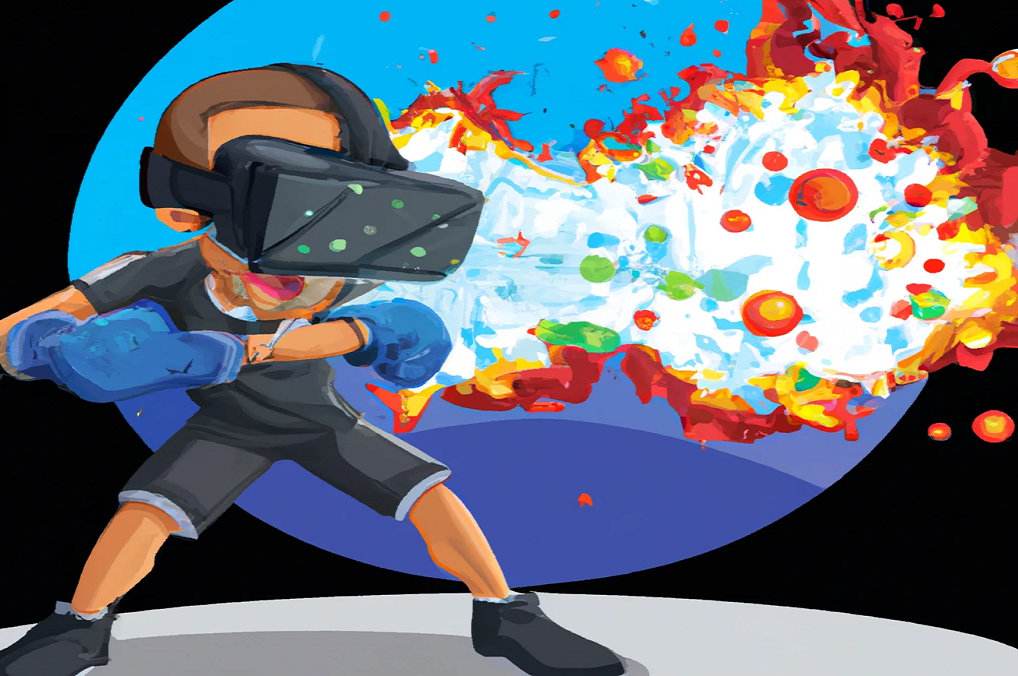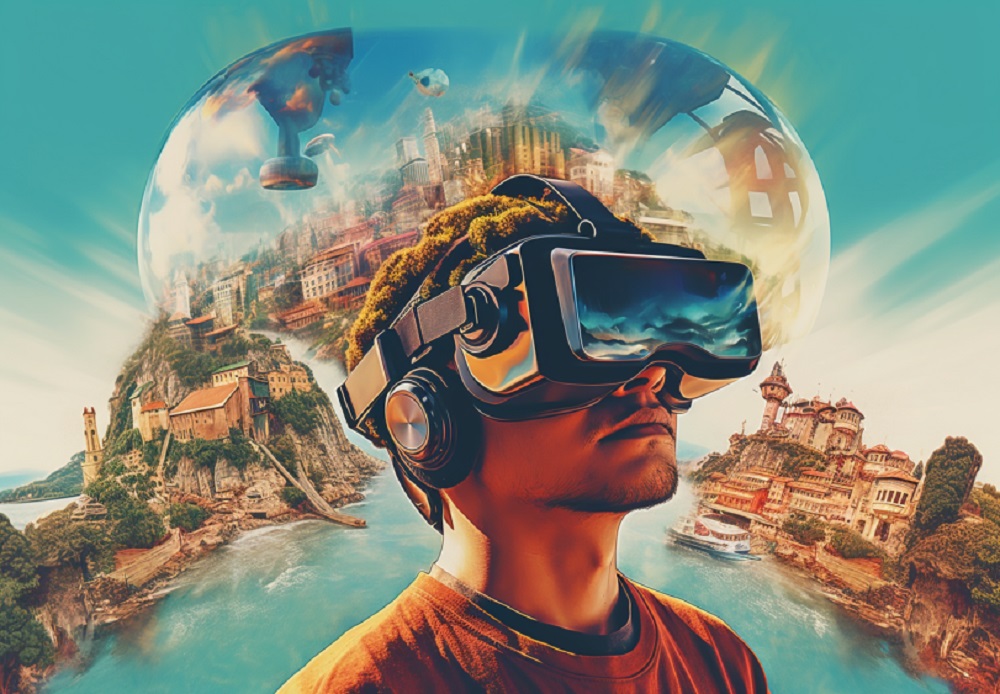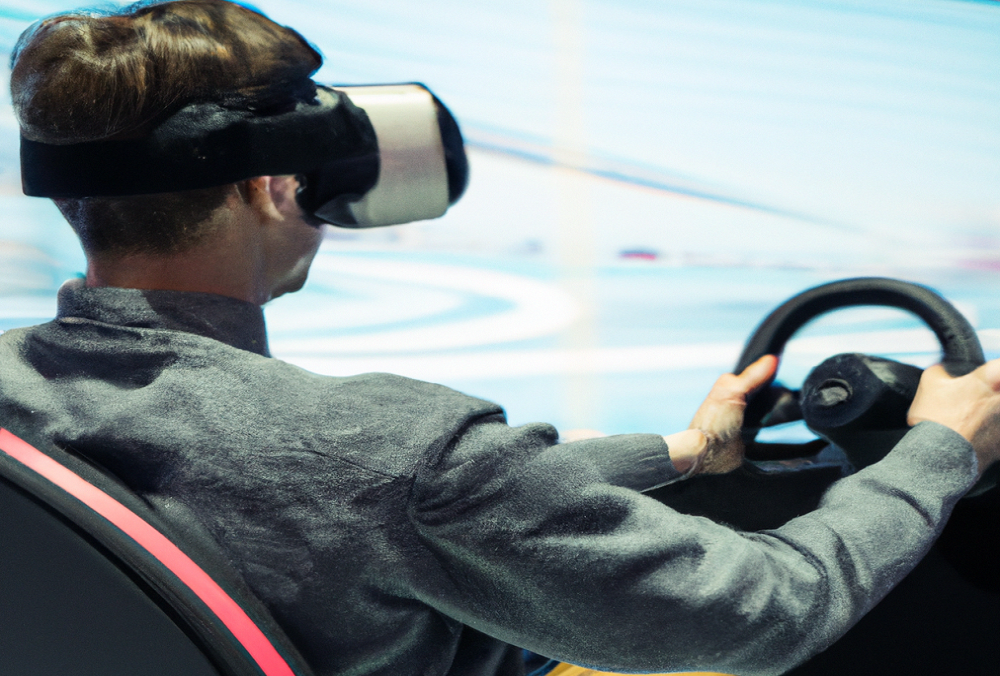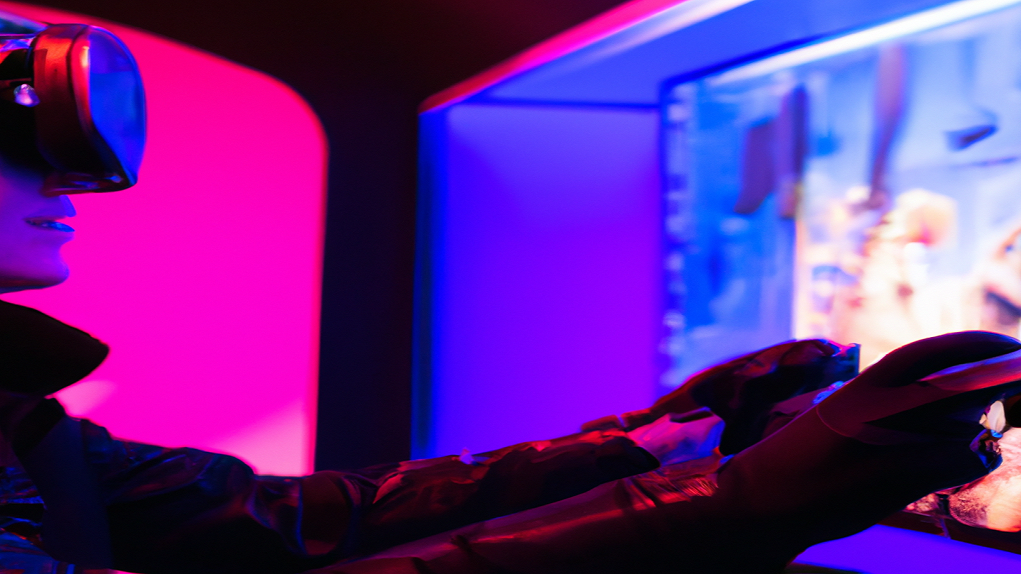Building a Better VR Game: Key Factors for Success
Virtual Reality (VR) has revolutionized the gaming industry, offering an immersive and interactive experience unlike any other. As the popularity of VR continues to grow, so does the demand for high-quality, engaging games that truly utilize the technology's potential. However, creating a successful VR game is no easy feat. It requires a deep understanding of the VR medium, attention to detail, and a focus on the player's experience.
In this article, we will explore the key elements that go into building a better VR game. From designing for immersion to crafting an engaging story, we will cover the essential steps that developers must take to create a memorable VR experience. Whether you're a seasoned game developer or just starting out in the industry, this guide will provide you with the information and insights you need to craft a successful VR game. So, let's dive in!
1. Design for Immersion
Designing for immersion is critical in creating a successful VR game. Players should feel fully transported into the game world, with the VR experience offering a level of immersion that cannot be achieved through traditional gaming. Immersion can be achieved through several key elements, including the game world, graphics, sound design, and interaction design.
One of the most important elements of immersive design is the game world itself. The game world should be detailed and believable, with realistic environments and characters. Players should feel as though they are truly exploring a new world, with the VR experience offering a level of detail and realism that cannot be achieved through traditional gaming. The game world should also be designed to allow for exploration and interaction, giving players the opportunity to actively participate and engage with the game world.
Another critical aspect of immersive design is the interaction design. Players should be able to interact with the game world and characters in a believable and intuitive way. This includes the use of natural movements, such as reaching out to pick up an object, as well as intuitive controls that allow players to easily perform actions and interact with the game world. The interaction design should be user-friendly, reducing frustration and allowing players to fully immerse themselves in the game world.
2. Comfort and Accessibility
Comfort and accessibility are crucial considerations when building a VR game. Players should be able to use the VR headset for extended periods of time without experiencing discomfort, headaches, or eye strain. Additionally, the game should be accessible to players with varying levels of physical abilities, and should not cause any physical strain or injury.
To ensure comfort and accessibility, developers should consider the ergonomics of the VR headset and controllers, as well as the design of the game world and interactions. The VR headset should be designed to be lightweight and comfortable to wear for long periods of time. The controllers should be designed for ease of use, with intuitive buttons and controls that are accessible to players with varying levels of physical abilities. The game world should also be designed to reduce motion sickness and disorientation, with smooth and gradual movements and transitions. Overall, comfort and accessibility are critical components of a successful VR game, and should be given careful consideration throughout the development process.
3. Engaging Story and Characters
Having a strong story and engaging characters is crucial for creating a successful VR game. Players should be invested in the game world and the characters they encounter, with the story providing a sense of purpose and motivation. The VR experience should allow players to actively participate in the story, making choices and decisions that affect the outcome of the game.
To create an engaging story and characters, developers should start by developing a well-defined narrative structure. This includes the setting, characters, and conflict, as well as the overarching story arc. The characters should be well-developed and believable, with distinct personalities and motivations. The game world should also be designed to allow players to interact with the characters and the story in a meaningful way. This could include dialogue options, branching storylines, and other interactive elements that allow players to actively participate in the story. Overall, an engaging story and well-developed characters are key components of a successful VR game, and should be given careful consideration throughout the development process.
4. User-Friendly Interface
A user-friendly interface is critical for creating a successful VR game. Players should be able to navigate and interact with the game world easily and intuitively, without having to spend excessive time learning the controls and interface. The interface should also be designed for ease of use, with clear and concise instructions, and easily accessible menus and options.
To ensure a user-friendly interface, developers should start by conducting extensive user testing. This allows them to identify any pain points or areas of confusion, and make improvements accordingly. The interface should also be designed with simplicity and clarity in mind, with clear labels and easy-to-use controls. The game world should also be designed to provide players with clear feedback and information, such as visual cues and notifications, helping players to stay informed and engaged with the game. Overall, a user-friendly interface is an essential component of a successful VR game, and should be given careful consideration throughout the development process.
5. Adequate Play Time
Adequate play time is crucial for creating a successful VR game. Players should feel as though they have received good value for their time and money, with the VR experience offering a satisfying and complete experience. The play time should also be appropriate for the type of game, with action-packed games offering shorter play times and more immersive, story-driven games offering longer play times.
To ensure adequate play time, developers should consider the overall design and structure of the game. This includes the length of the main storyline, as well as any additional side quests or activities. The game world should also be designed to allow for exploration and experimentation, with plenty of opportunities for players to engage with the game world and interact with characters and objects. Additionally, the game should be designed to offer replay value, with multiple endings, branching storylines, and other elements that encourage players to play the game multiple times. Overall, adequate play time is a key component of a successful VR game, and should be given careful consideration throughout the development process.
6. High-Quality Graphics and Performance
High-quality graphics and performance are critical components of a successful VR game. Players should be fully immersed in the game world, with realistic and detailed graphics that bring the game world to life. The VR experience should also be smooth and seamless, with no lag or stuttering that could break the immersion or cause motion sickness.
To ensure high-quality graphics and performance, developers should invest in powerful hardware and advanced rendering technologies. This includes using high-end GPUs and CPUs, as well as optimizing the game engine for VR performance. The game world should also be designed for maximum visual impact, with well-designed environments and character models, and attention to detail in lighting, shading, and texturing. Additionally, the game should be thoroughly tested for performance and stability, with regular updates and optimizations to ensure a smooth and seamless VR experience. Overall, high-quality graphics and performance are essential components of a successful VR game, and should be given careful consideration throughout the development process.
7. Replayability
Replayability is a key factor in the success of a VR game. Players should feel motivated to revisit the game world, either through multiple play-throughs or by discovering new content and features. Developers can increase replayability by offering multiple endings, branching storylines, and hidden secrets for players to uncover. The game should also offer enough content and features to keep players engaged, without becoming repetitive or boring.
To further increase replayability, developers can offer various difficulty levels, allowing players to challenge themselves and experience the game in new ways. Multiplayer modes can also add to the replayability of a VR game, allowing players to compete or cooperate with friends or other players online. Overall, replayability can help ensure that players continue to enjoy and engage with the VR game, long after their initial play-through.
8. Interactivity and Player Choice
Interactivity and player choice are important elements of a successful VR game. Players should feel as though they have a real impact on the game world, and that their actions and decisions have meaningful consequences. This sense of interactivity and player choice helps to create a deeper connection to the game world, and increases player engagement and motivation.
To ensure interactivity and player choice, developers should design the game world to be reactive and responsive to player actions. This could include branching storylines, dialogue options, and other interactive elements that allow players to make choices and decisions that affect the outcome of the game. The game should also be designed to allow for exploration and experimentation, with opportunities for players to interact with the environment and discover secrets and hidden elements. Additionally, the game world should be designed to provide players with clear feedback and information, such as visual cues and notifications, to help them understand the impact of their actions. Overall, interactivity and player choice are key components of a successful VR game, and should be given careful consideration throughout the development process.
9. Audio Design
Audio design is an often-overlooked aspect of VR game development, but it can have a significant impact on the overall experience. The audio design should create a believable and immersive game world, with realistic sound effects, dialogue, and music. The audio design should also complement the visuals, helping to further immerse players in the game world.
Developers should also consider how the audio design will work in VR, as players will be using headphones or earbuds to fully immerse themselves in the game world. This includes ensuring that the audio design is optimized for VR, with directional audio that accurately represents the location of sounds in the game world. Overall, a well-designed audio experience can help enhance the overall VR experience, making the game world more believable and immersive.
10. Continuous Improvement and Iteration
Finally, it is important for developers to continuously improve and iterate on their VR game. This includes fixing technical issues, optimizing performance, and incorporating player feedback to make the game better. Developers should also consider adding new content and features to keep players engaged and motivated to continue playing.
Continuous improvement and iteration can help ensure that a VR game remains relevant and enjoyable for players, even as new VR technology and games are introduced. It also shows players that the developers are dedicated to providing a high-quality VR experience, and are committed to making their game the best it can be.
If you need a VR game developer to help you with your project, feel free to contact us! RiseAngle has been active in VR development from 2016, and VR games developed by RiseAngle have amassed more than 400,000 installs so far.






